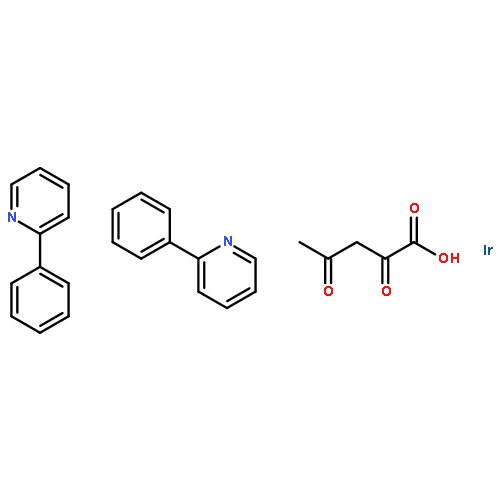A hybrid white organic light-emitting diode (WOLED) with an emission layer (EML) structure composed of red phosphorescent EML/green phosphorescent EML/spacer/blue fluorescent EML was demonstrated. This hybrid WOLED shows high efficiency, stable spectral emission and low efficiency roll-off at high luminance. We have attributed the significant improvement to the wide distribution of excitons and the effective control of charge carriers in EMLs by using mixed 4,4′,4″-tri(9-carbazoyl) triphenylamine (TCTA) and bis[2-(2-hydroxyphenyl)-pyridine] beryllium (Bepp2) as the host of phosphorescent EMLs as well as the spacer. The bipolar mixed TCTA:Bepp2, which was proved to be a charge carrier switch by regulating the distribution of charge carriers and then the exciton recombination zone, plays an important role in improving the efficiency, stabilizing the spectrum and reducing the efficiency roll-off at high luminous. The hybrid WOLED exhibits a current efficiency of 30.2 cd/A, a power efficiency of 32.0 lm/W and an external quantum efficiency of 13.4% at a luminance of 100 cd/m2, and keeps a current efficiency of 30.8 cd/A, a power efficiency of 27.1 lm/W and an external quantum efficiency of 13.7% at a 1000 cd/m2. The Commission Internationale de l’Eclairage (CIE) coordinates of (0.43, 0.43) and the color rendering index (CRI) of 89 remain nearly unchanged in the whole range of luminance.Graphical abstract

Highlights► External quantum efficiency increases from 13.4% at 100 cd/m2 to 13.7% at 1000 cd/m2. ► The CIE (0.43, 0.43) and CRI of 89 remain nearly unchanged. ► Mixed host and spacer are the key factors in improving the performance.
 Highlights► External quantum efficiency increases from 13.4% at 100 cd/m2 to 13.7% at 1000 cd/m2. ► The CIE (0.43, 0.43) and CRI of 89 remain nearly unchanged. ► Mixed host and spacer are the key factors in improving the performance.
Highlights► External quantum efficiency increases from 13.4% at 100 cd/m2 to 13.7% at 1000 cd/m2. ► The CIE (0.43, 0.43) and CRI of 89 remain nearly unchanged. ► Mixed host and spacer are the key factors in improving the performance. Highlights► Highly efficient hybrid white organic light-emitting diode was proposed. ► The simple device consists of a hole-transporting layer and an emitting layer. ► The maximum power efficiency of 46.8 lm W−1 with CRI up to 90 was achieved. ► This concept offers a low-cost fabrication process for hybrid white device.
Highlights► Highly efficient hybrid white organic light-emitting diode was proposed. ► The simple device consists of a hole-transporting layer and an emitting layer. ► The maximum power efficiency of 46.8 lm W−1 with CRI up to 90 was achieved. ► This concept offers a low-cost fabrication process for hybrid white device.


